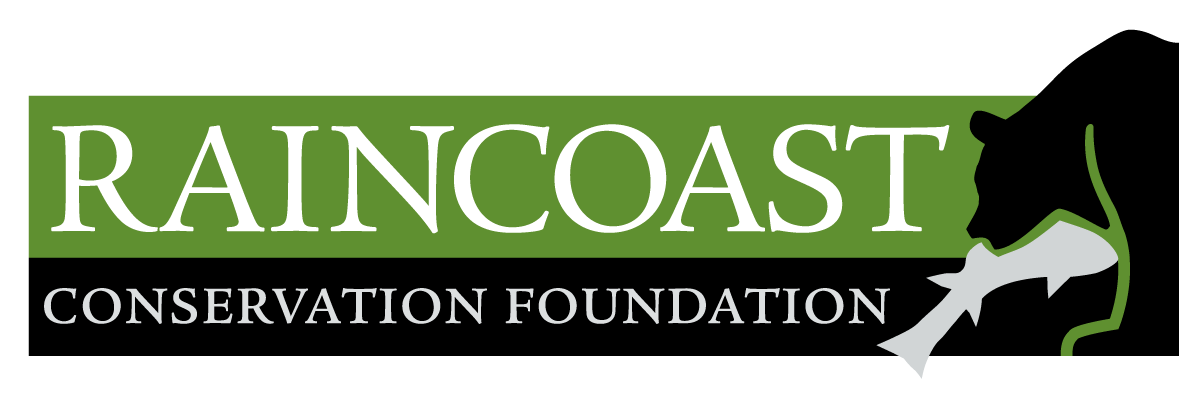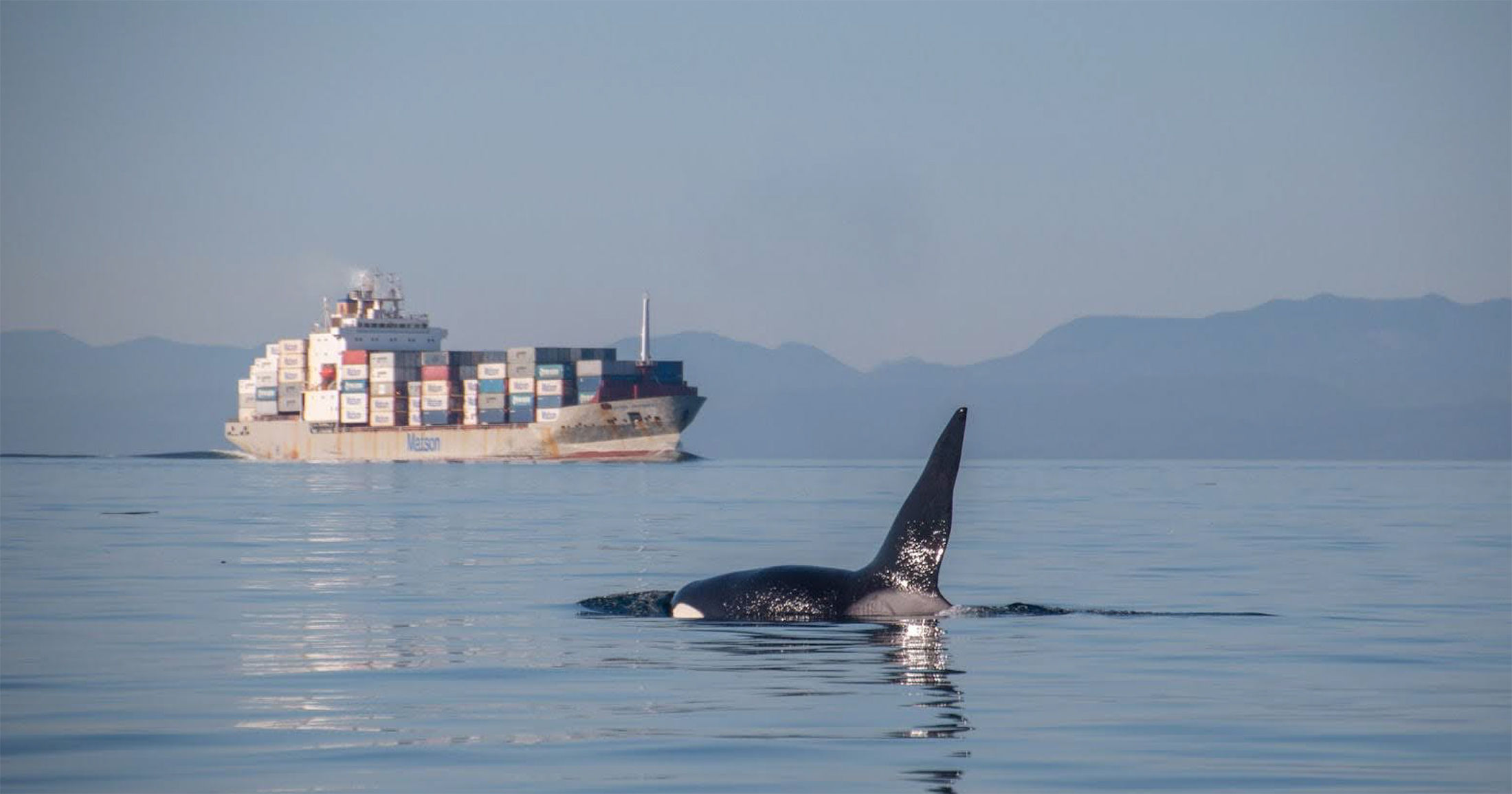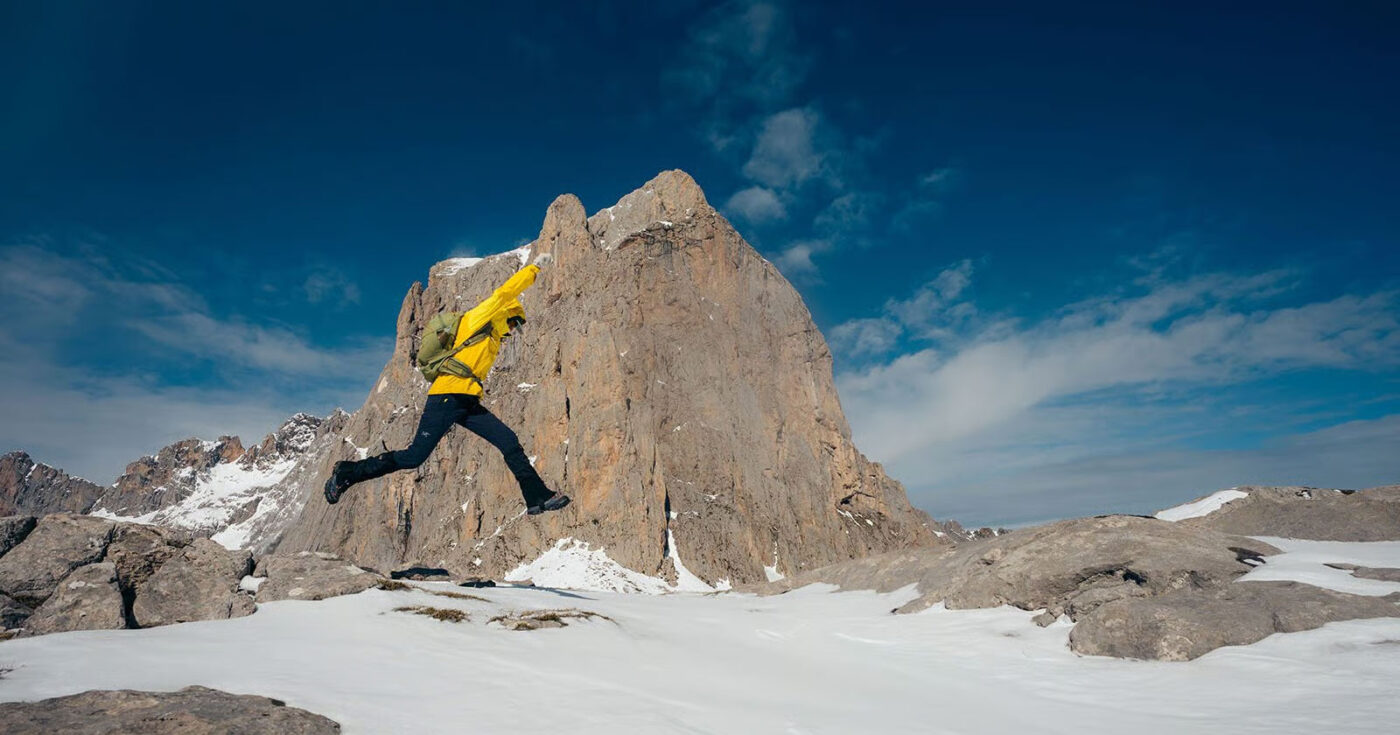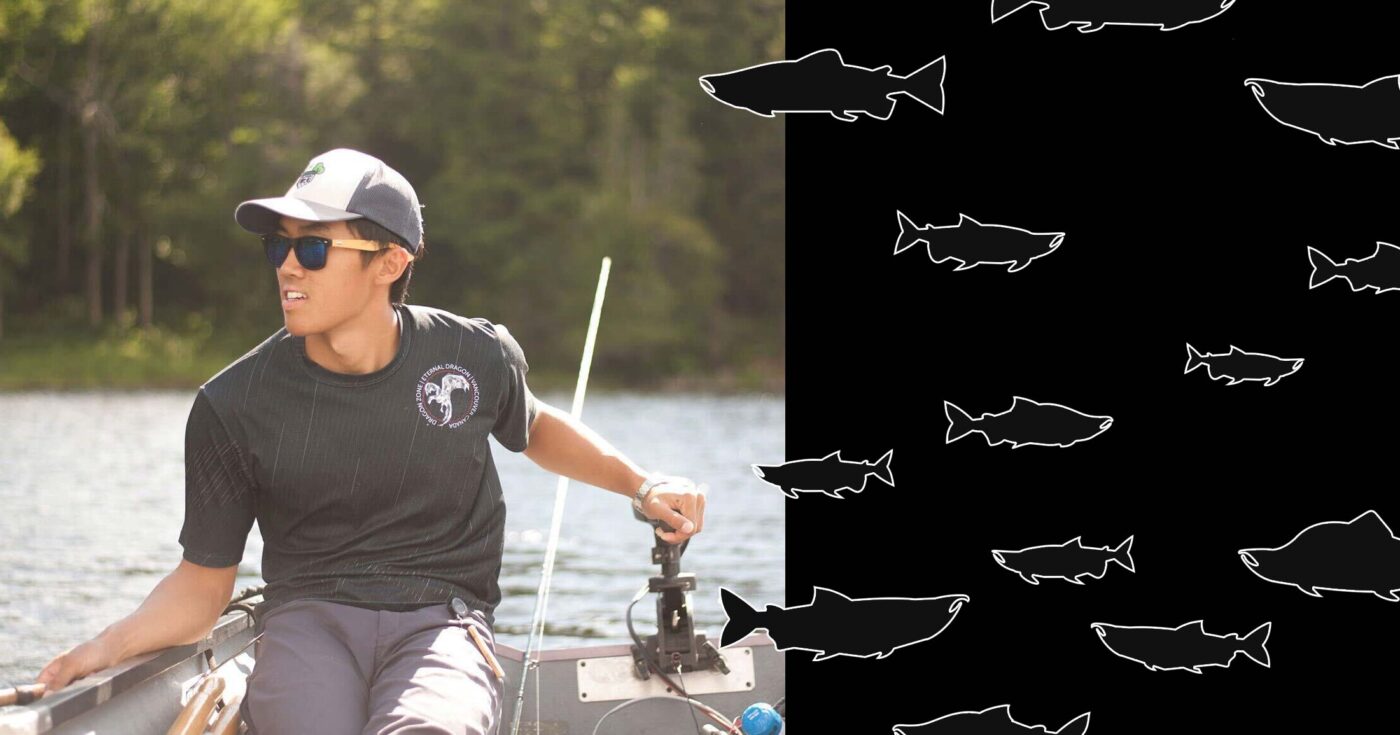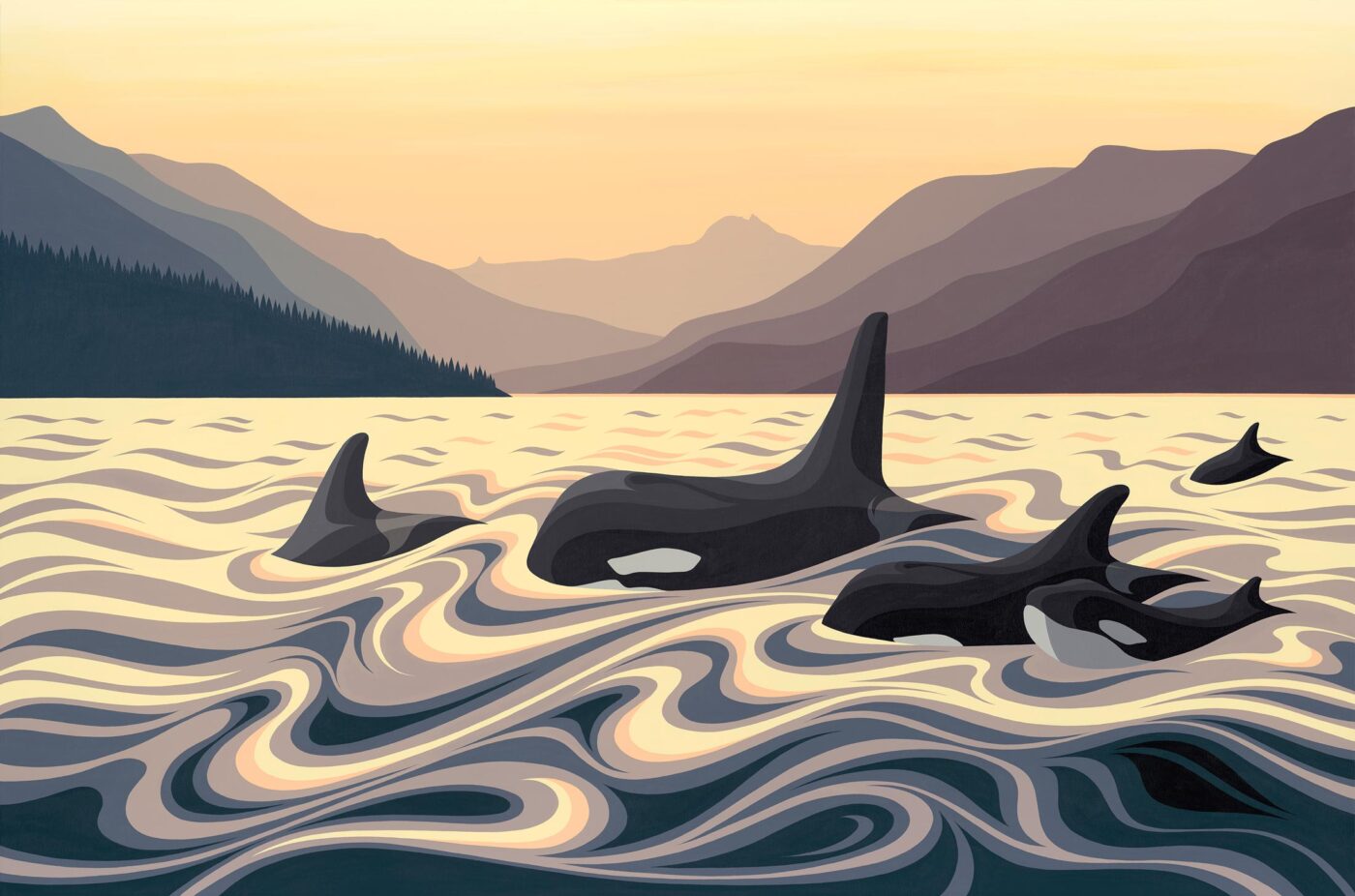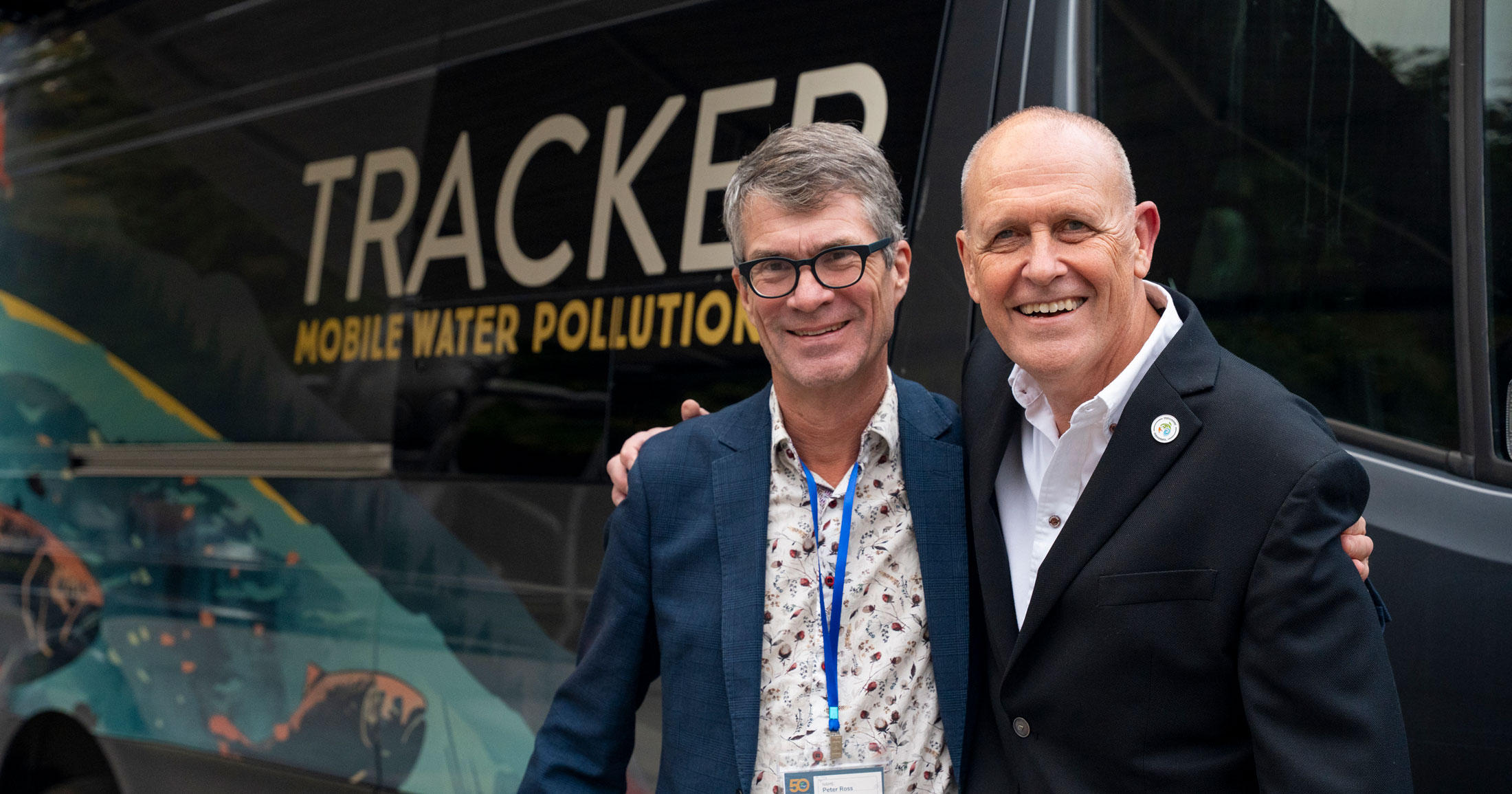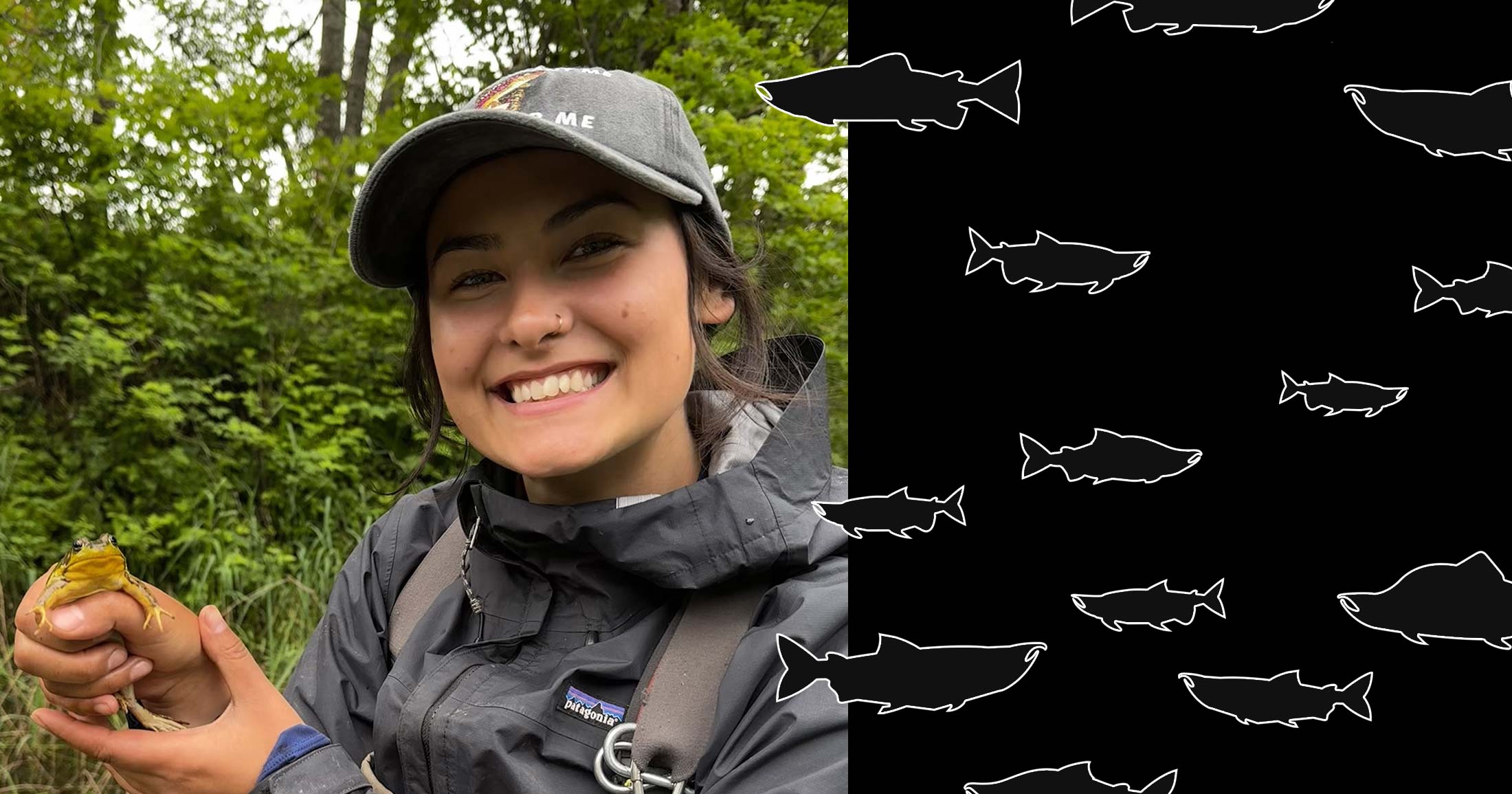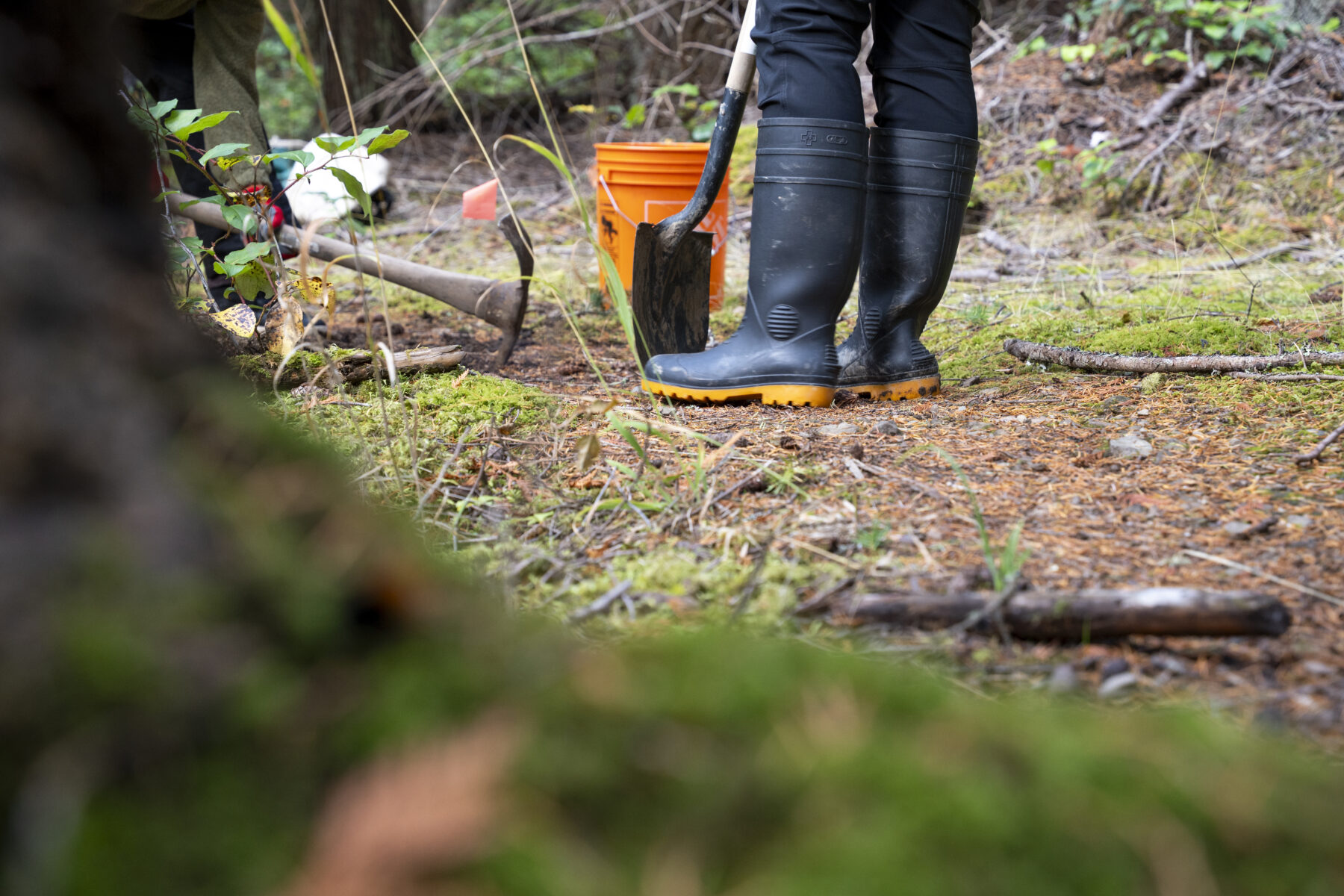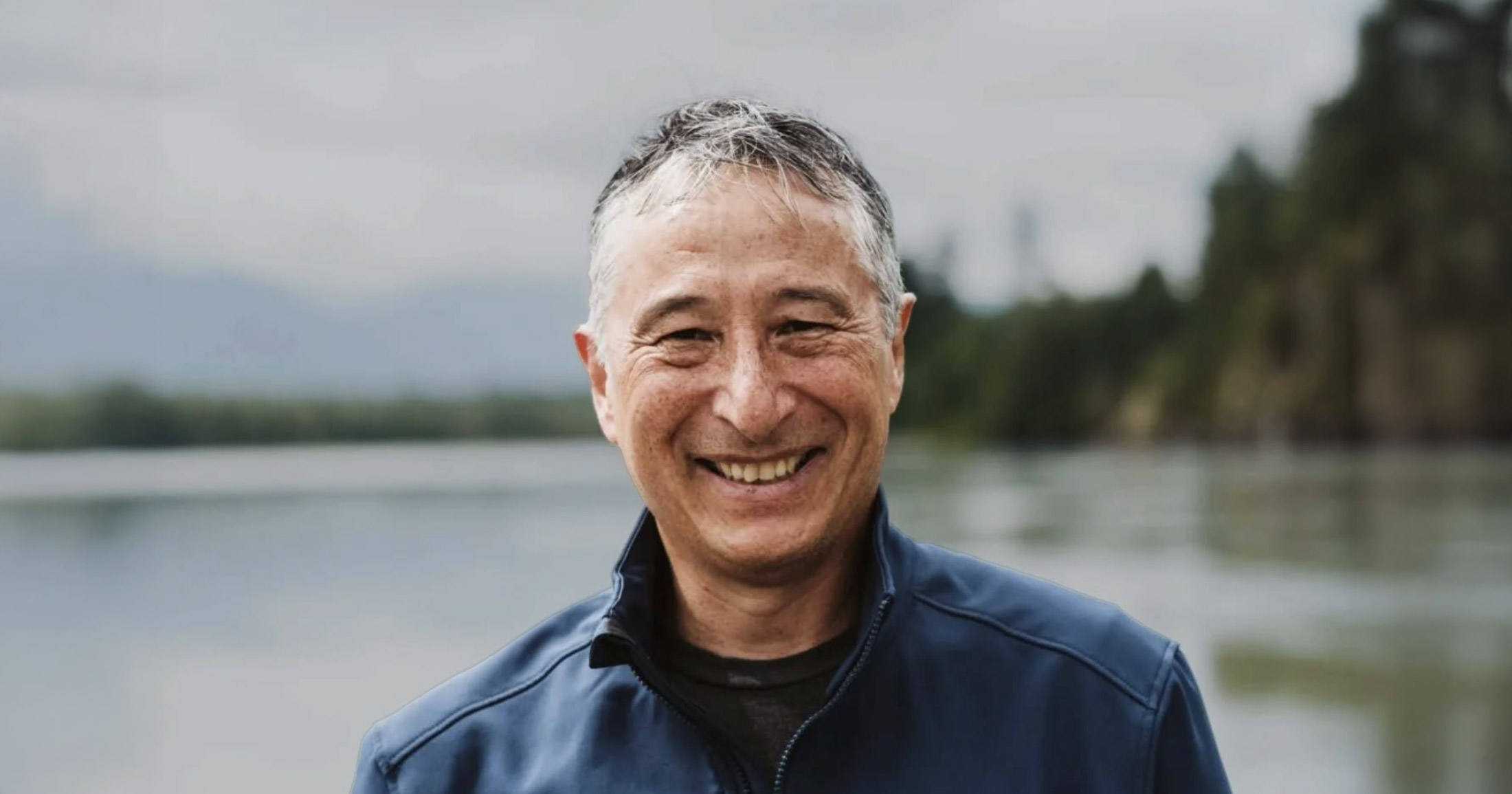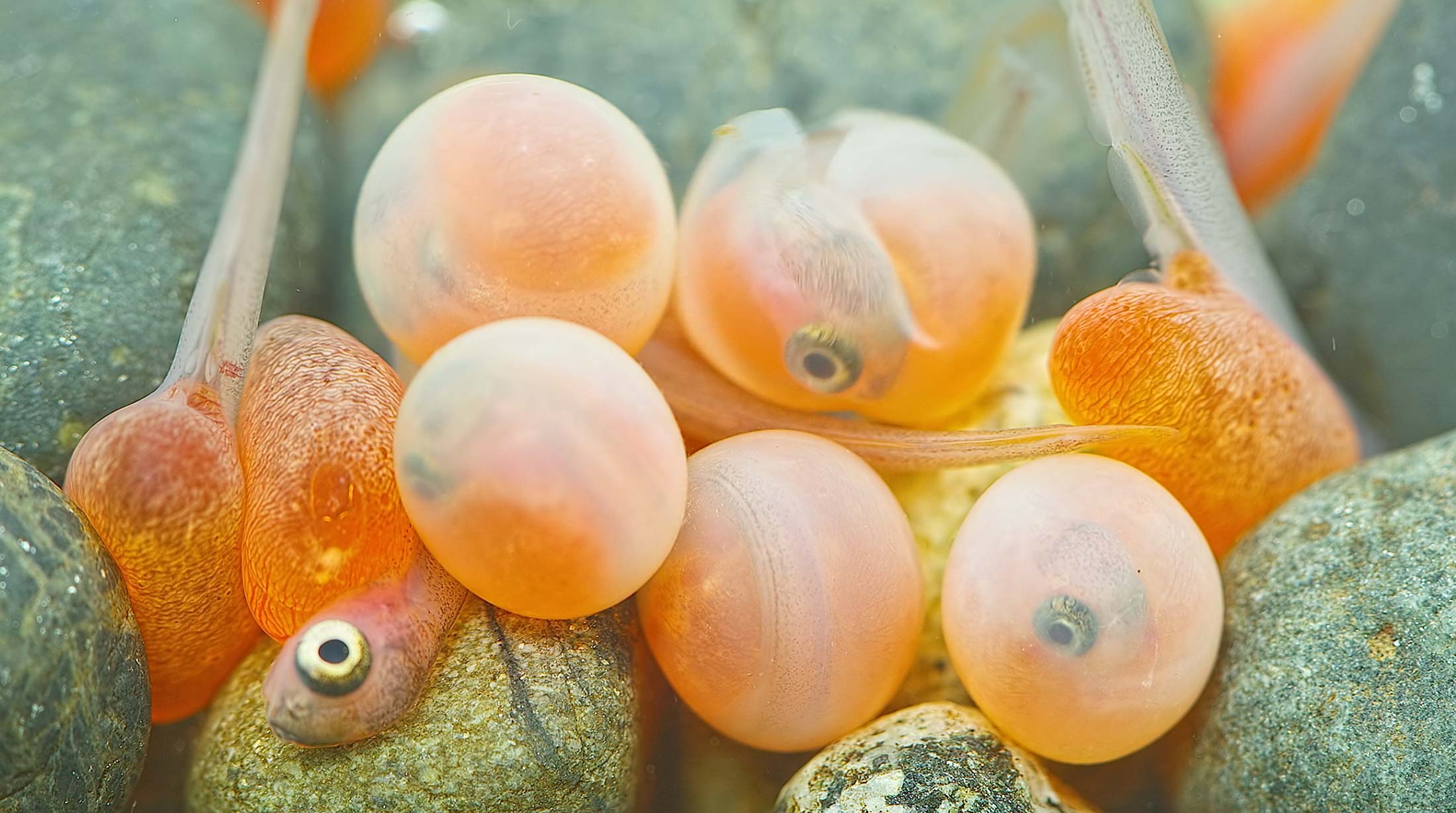A shift in focus for NoiseTracker
Raincoast has hosted the NoiseTracker initiative since 2023. This year, we have shifted our focus from building a coast-wide noise monitoring platform to a more localized underwater noise research and analysis program. Through NoiseTracker, we aim to provide governments and decision-makers with science-based recommendations that support healthy marine ecosystems.
Why the shift?
The original NoiseTracker vision was ambitious. Developed by a Steering Committee comprised of representatives from local government agencies, industry, ENGOs, Indigenous partners and academia, the goal was to create a free, publicly accessible noise monitoring platform. This platform would gather data from a wide variety of hydrophone types around the coast, analyze these data in real-time, and generate informative noise metrics to inform the public and decision-makers. Raincoast led these efforts and, for two years, we worked to produce technical documentation, expand the NoiseTracker network, and develop a prototype platform with the UBC Cloud Innovation Centre. However, despite strong interest from all partners and collaboration across sectors, the technical execution of such a large-scale and complex platform proved unfeasible within current funding and resource constraints.
We remain supportive of local networks of hydrophone operators, such as the BC Hydrophone Network, and continue to advocate for collaborative efforts to understand the impacts of underwater noise on marine life throughout the province.
Analyzing soundscapes to save whales
This shift in our focus is part of our ongoing commitment to help recover the critically endangered Southern Resident Killer Whales, who are facing extinction. Anthropogenic underwater noise has been identified as a severe stressor to this population of whales and other marine species.
Starting in spring 2025, we will work with Ben Hendricks of SoundSpace Analytics to analyze acoustic datasets from three hydrophones in the Salish Sea. The goal: to produce compelling, accessible data visualizations to contextualize the ocean soundscape.
Two of the hydrophone nodes lie within the designated seasonal Vessel Restricted Zones (formerly Interim Sanctuary Zones) for Southern Resident Killer Whales in the waters next to Saturna Island and Pender Island (have you seen the view?). The acoustic analysis in these locations will complement ongoing land-based visual monitoring of commercial shipping, recreational fishing, and tourist traffic. Together, these data sets will help assess the physical and acoustic disturbances that are occurring within the Vessel Restricted Zones to evaluate the effectiveness of these zones and whether stronger protective measures are required. Project partners include: Saturna Island Marine Research & Education Society (SIMRES) and its Southern Gulf Island Whale Sightings Network (SGIWSN), and Simon Fraser University (SFU).
The third hydrophone is our newly installed Sunshine Coast Underwater Listening Station, located on Malaspina Strait. This region is undersampled from an underwater acoustic monitoring perspective, and we are excited to explore questions like: What kinds of marine species are vocal in the area? How often do vessels pass by? How ‘noisy’ is this part of the coast?
Engaging the public with complex issues
Along with our research, we are building an Education Hub which will serve as a comprehensive resource for anyone interested in ocean noise. It will cover everything from underwater acoustics and noise pollution to how researchers monitor and analyze underwater sound.
The Hub will also highlight how noise pollution affects the marine species in coastal British Columbia, and the strategies that are – or need to be – adopted to reduce noise impacts on the marine environment.
A key feature of the hub will be our SOUND toolkit (Science of Underwater Noise and Disturbance), designed to provide educators with engaging and hands-on activities to make this complex topic more accessible and engaging.
Stay tuned for its release! (Or if you really can’t wait, read this article, which dives into some of these tantalizing topics…)
Tracking ocean noise into the future
Beyond 2025, we hope that NoiseTracker will continue to grow as a research initiative, building on this initial analysis to track longer-term noise trends and deepen our understanding of soundscapes in the Salish Sea. By prioritizing noise analysis in these critical areas, NoiseTracker aims to support strong science that can help policymakers and governments make lasting, positive changes for whales and their environment.
You can help
Raincoast’s in-house scientists, collaborating graduate students, postdoctoral fellows, and professors make us unique among conservation groups. We work with First Nations, academic institutions, government, and other NGOs to build support and inform decisions that protect aquatic and terrestrial ecosystems, and the wildlife that depend on them. We conduct ethically applied, process-oriented, and hypothesis-driven research that has immediate and relevant utility for conservation deliberations and the collective body of scientific knowledge.
We investigate to understand coastal species and processes. We inform by bringing science to decision-makers and communities. We inspire action to protect wildlife and wildlife habitats.

